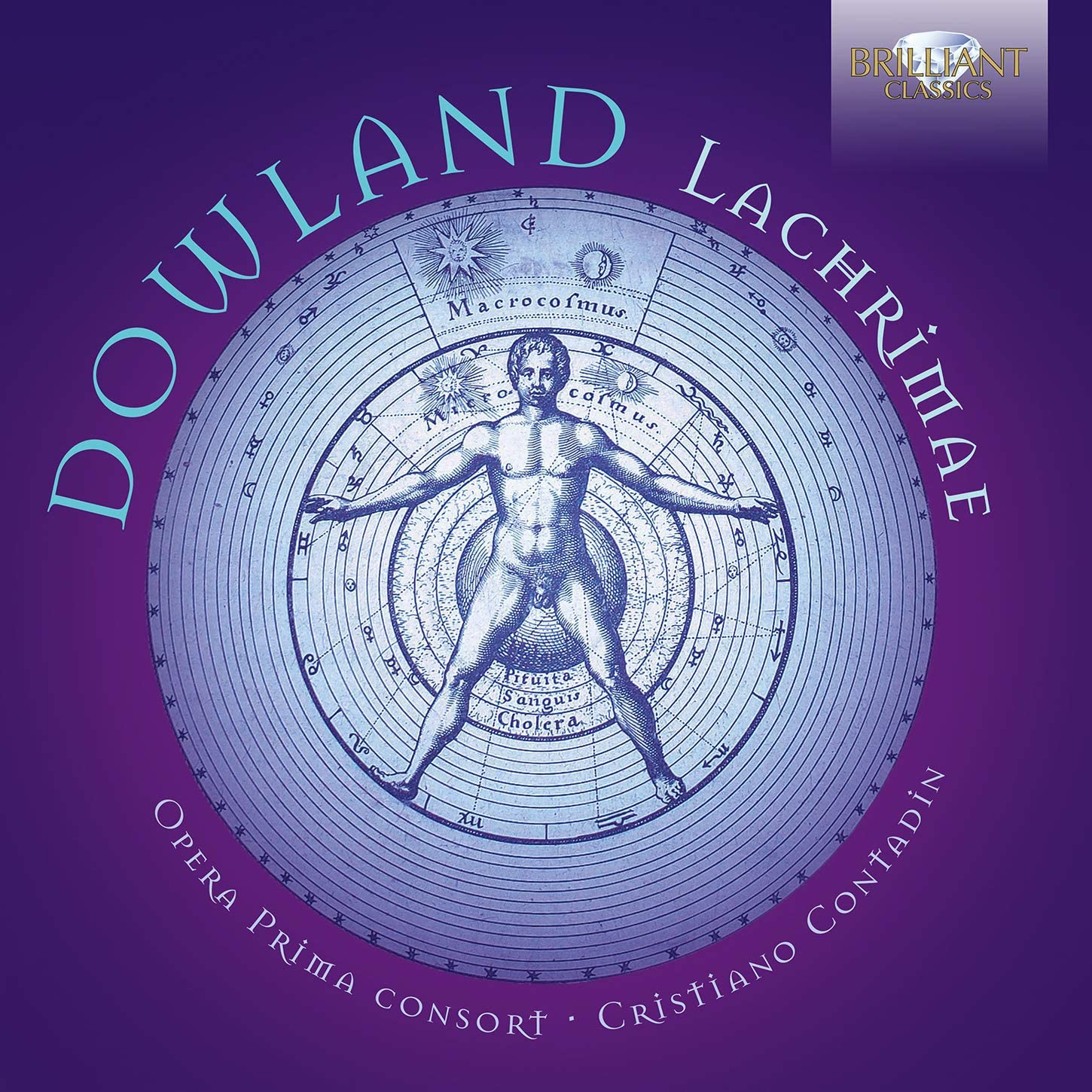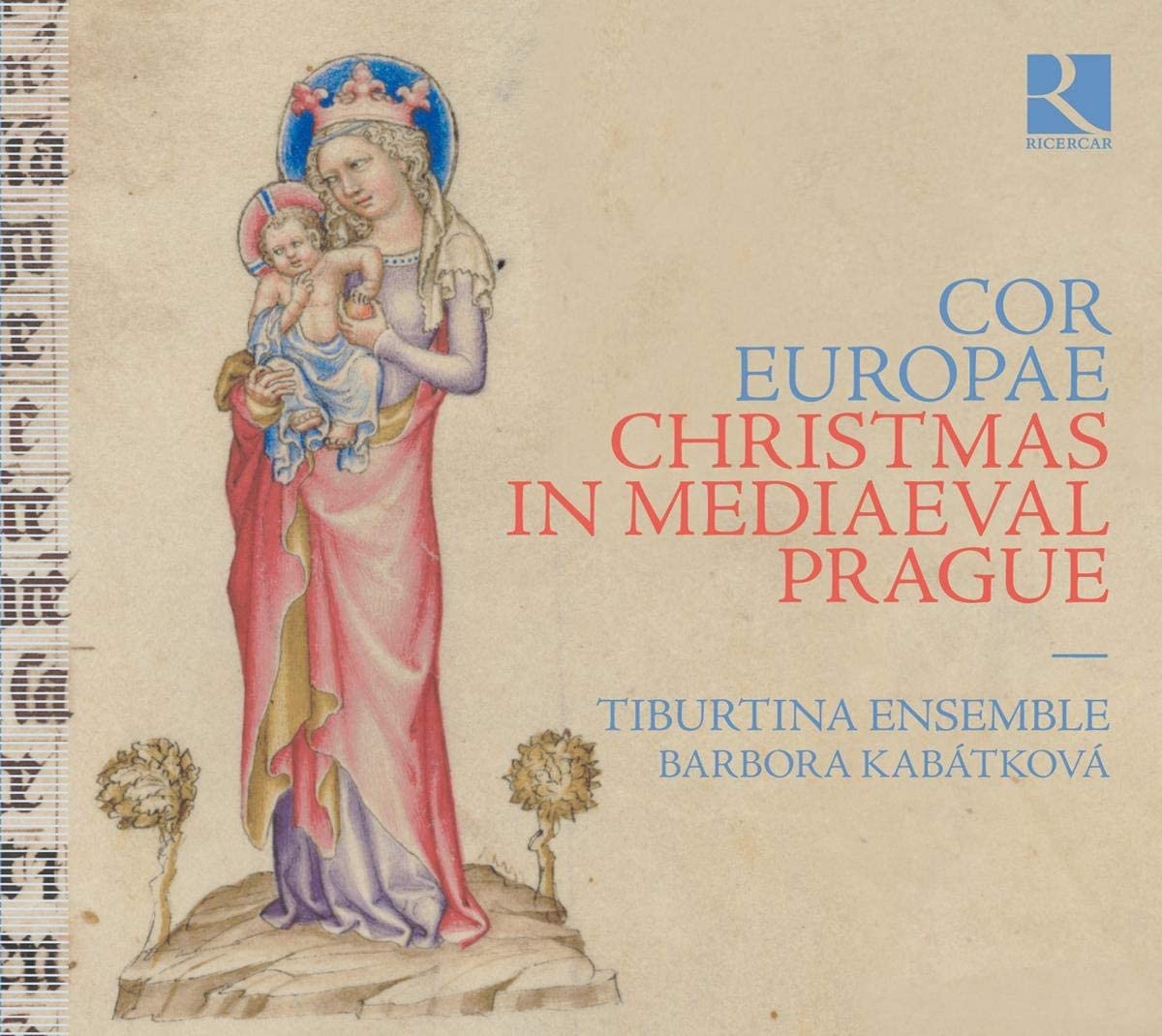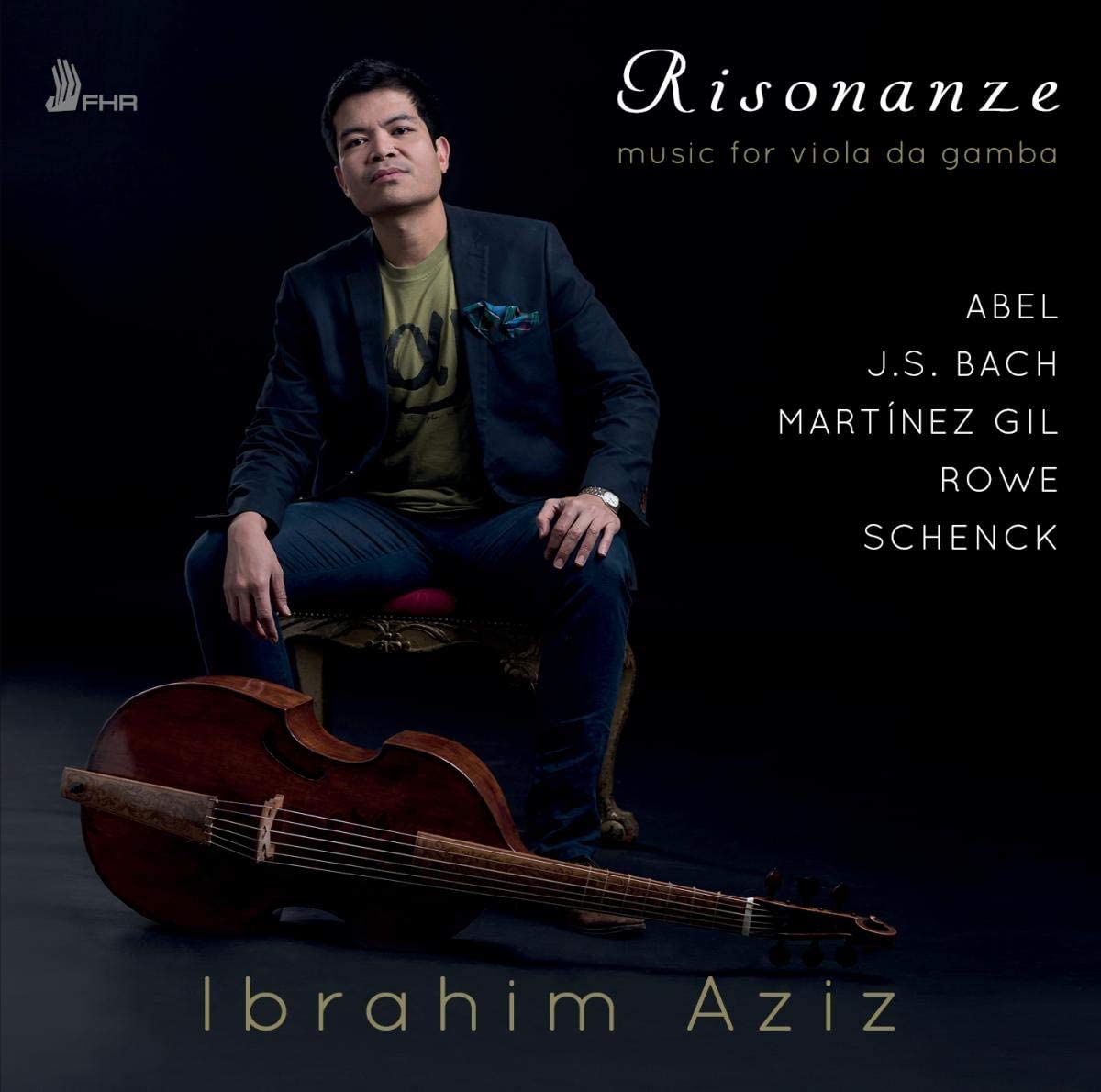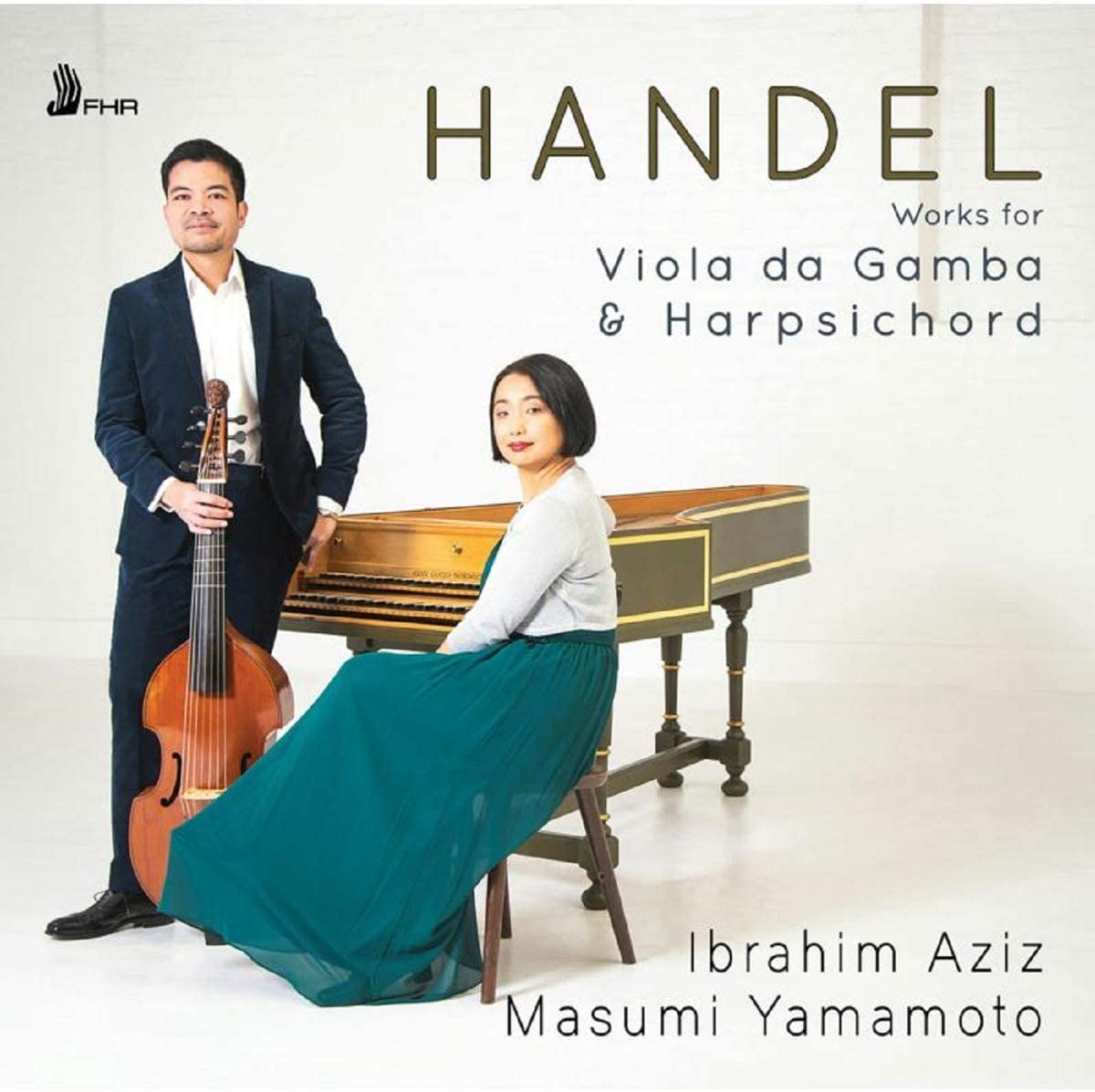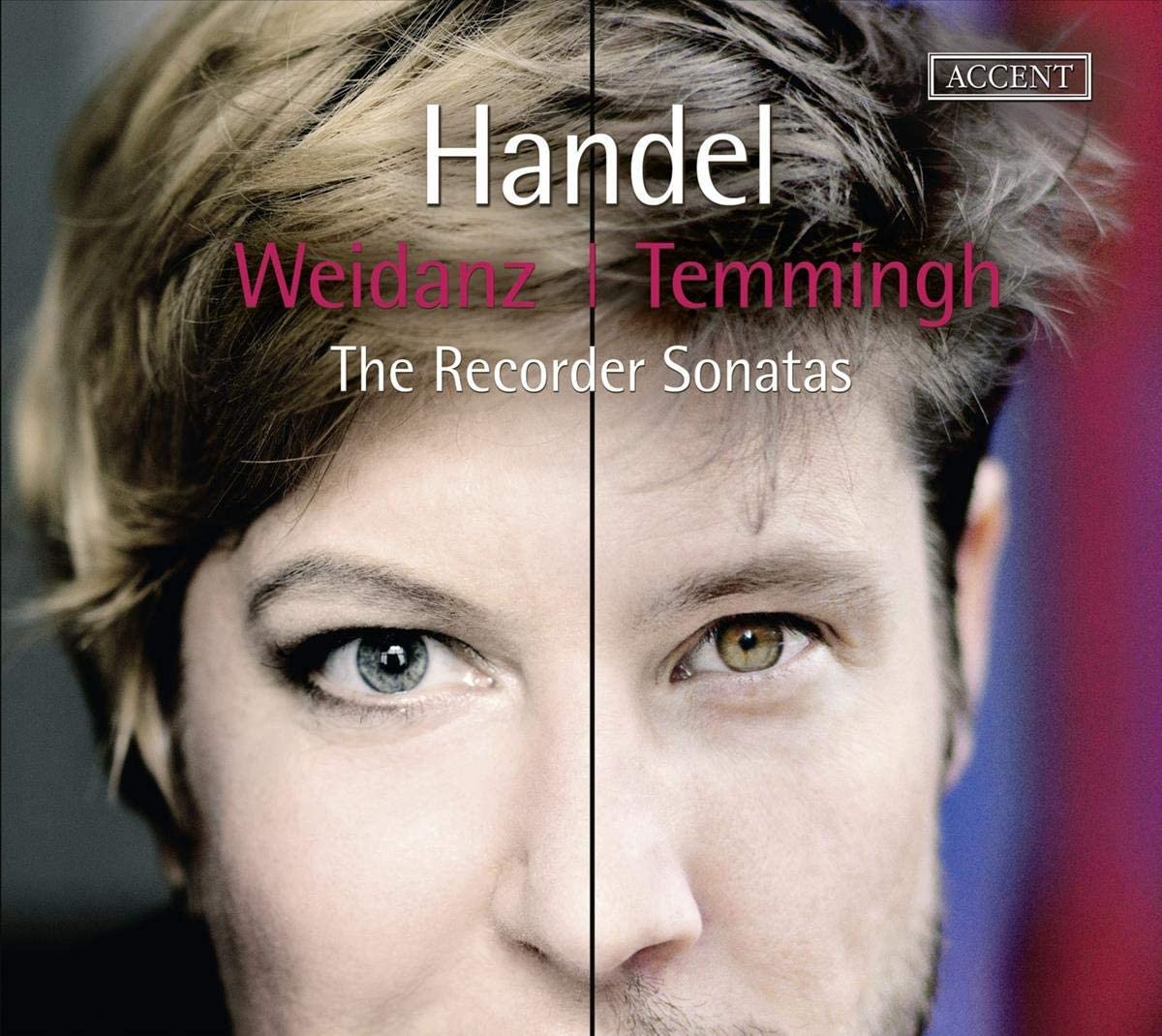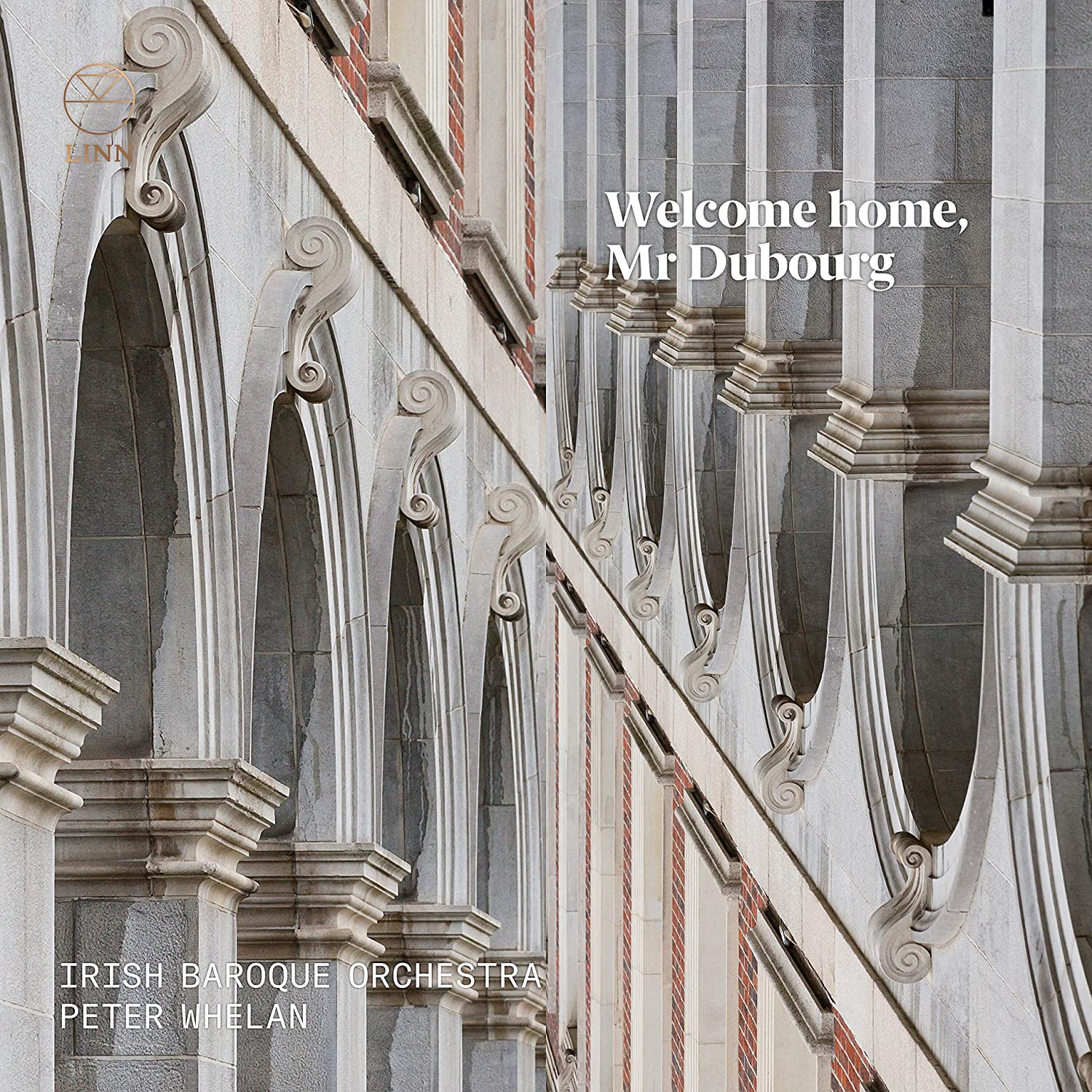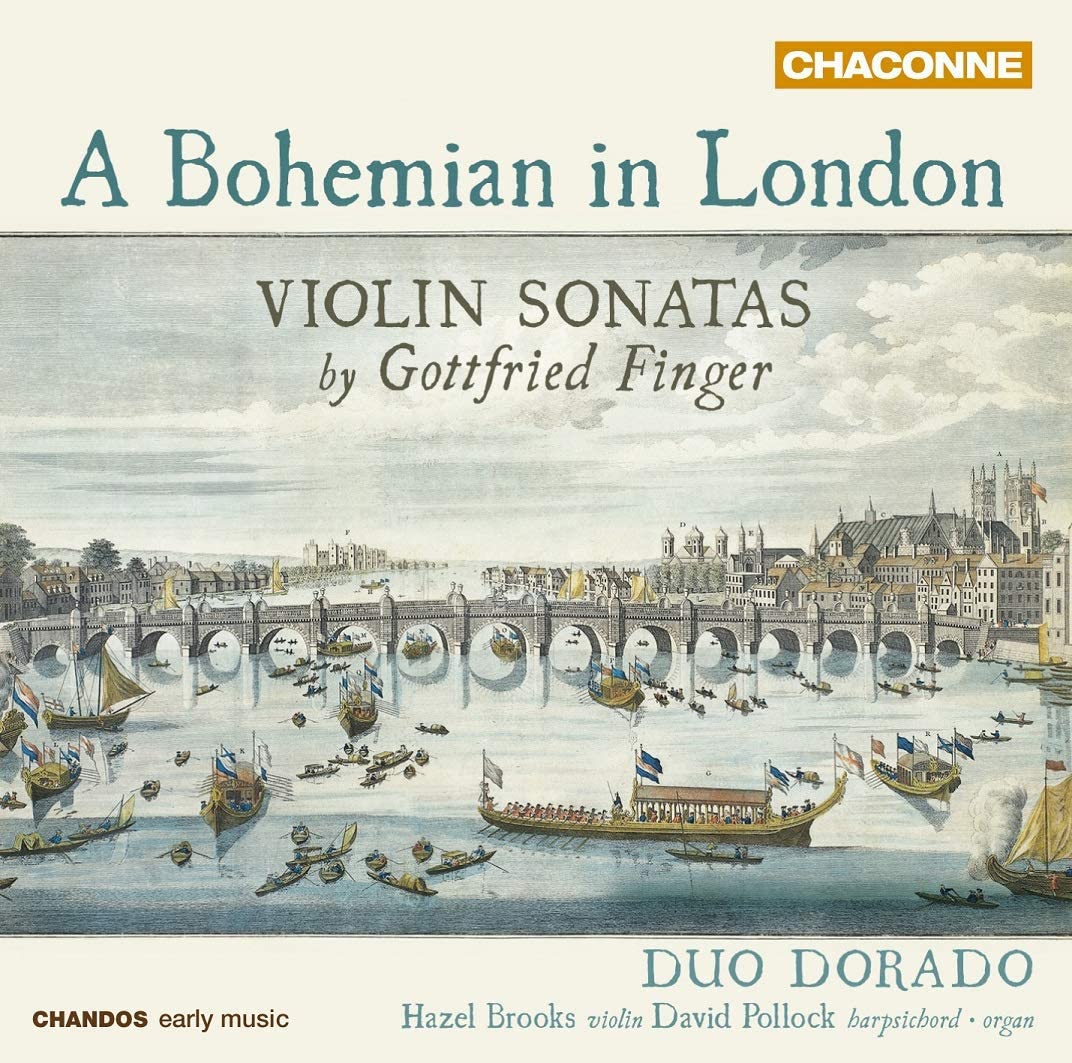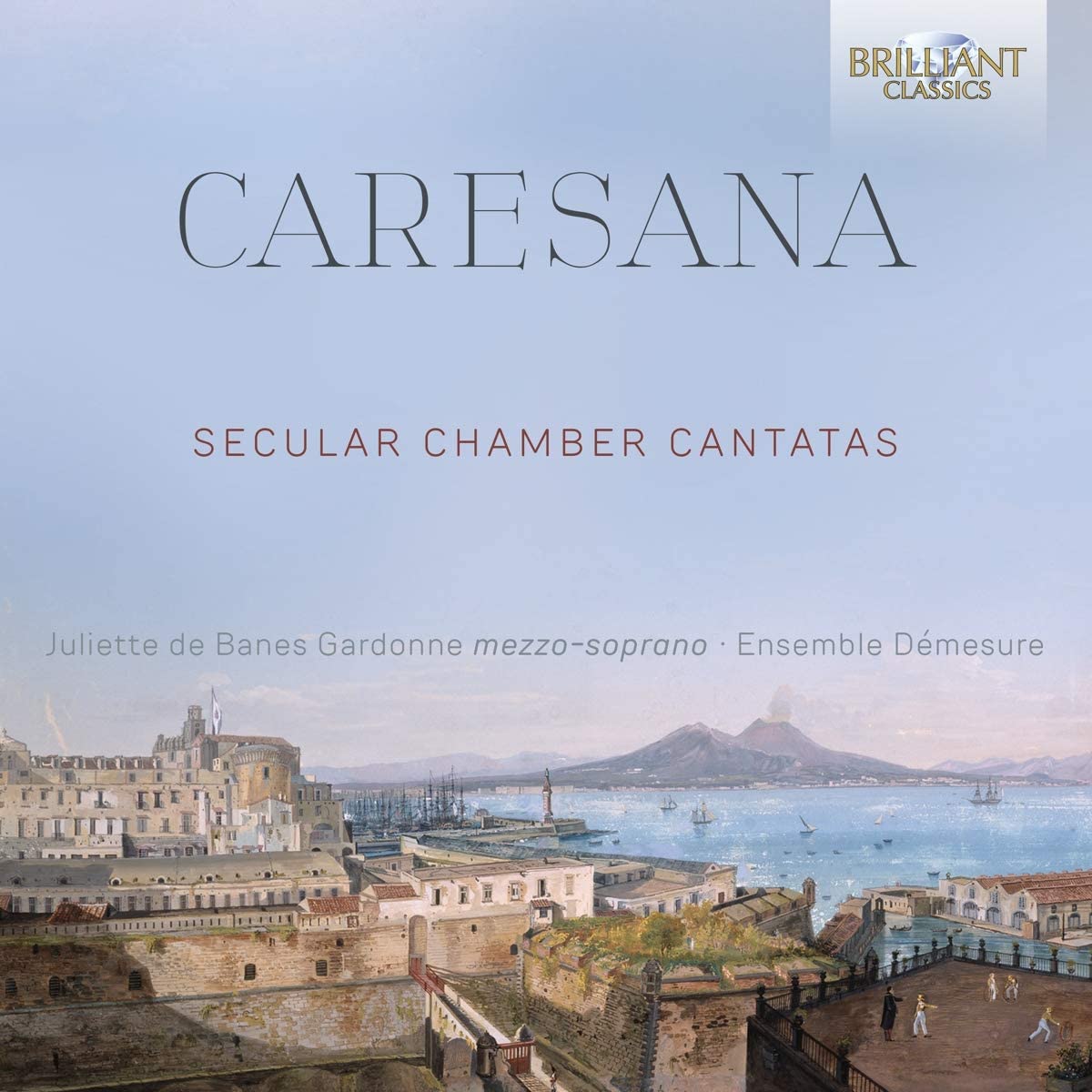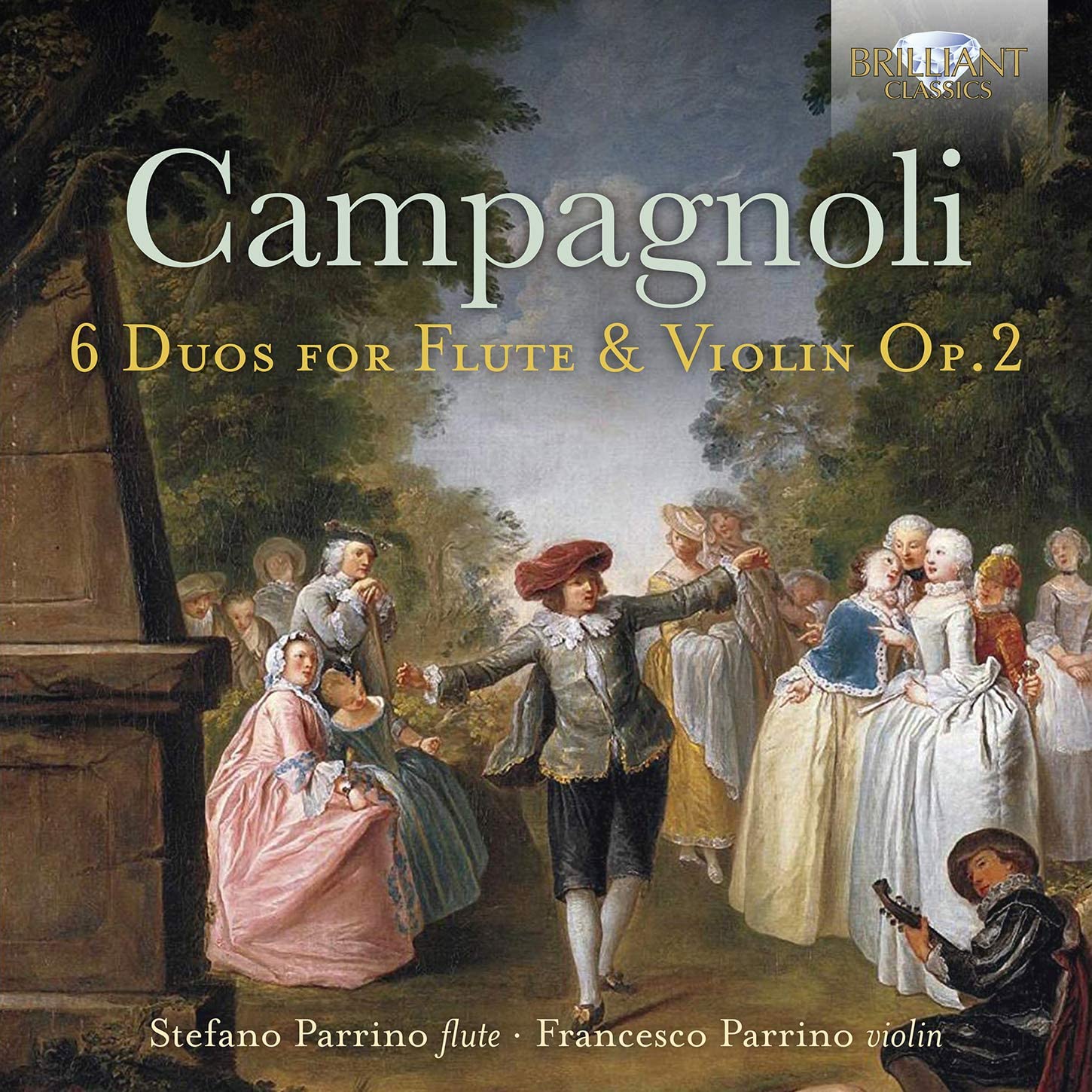Opera Prima Consort, Cristiano Contadin
59:32
Brilliant Classics 95699
Click HERE to buy this CD on amazon.co.uk
This is a delightfully fresh look at the very familiar Lachrimae Pavans with associated Pavans, Galliards and Almands. The use of alto viola and violins on the upper lines is entirely authentic and gives the overall sound an engaging edge, while some daringly adventurous and ultimately beautifully musical divisions on the repeats of each section transform these performances into something very special. In addition to breaking the traditional viol consensus, Cristiano Contadin also introduces a recorder, which brings its own heightened level of intricacy to the repeat divisions. I am not entirely convinced by the recorder sometimes popping in and out, playing only on some repeats, and am happier with it playing the written line first time and then embarking on its divisions on the repeat having established its presence already. This is very much a personal whim, and I have to say that in practice both Contadin’s solutions, if a little unorthodox, work very well. The performances of the ensuing Galliards and Almans are wonderfully free and inventive, quirky and virtuosic, casting a bold new light on this terrific music. The playing is wonderfully expressive throughout, recalling my hitherto favourite 1985 account by Jakob Lindberg and the Dowland Consort on BIS. I have to say that the felicitous mixture of violins and viols and the deft ornamentation of repeats may just have won me over to this exciting new account! Highly recommended.
D. James Ross
